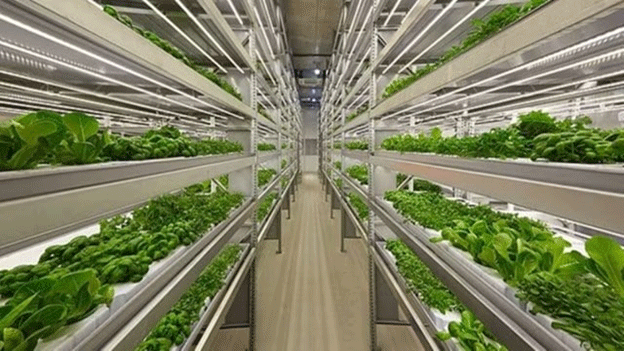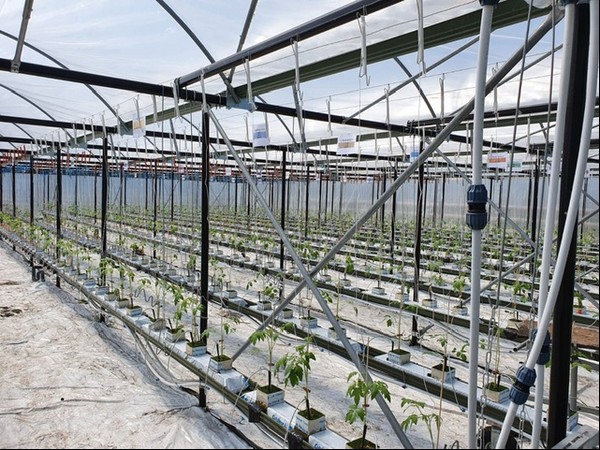The Union Government’s recent decision to enhance the Mission for Integrated Development of Horticulture (MIDH) by including hydroponics, aquaponics, vertical farming, and precision agriculture signifies a transformative shift in Indian agriculture. By integrating these innovative techniques, the MIDH will empower farmers to adopt modern approaches to growing fruits, vegetables, flowers, spices, and more. This expansion not only responds to growing demands for sustainable food production but also supports India’s evolving agricultural needs as climate change and resource constraints push for more efficient farming methods.
A Move Toward Modern Farming
The addition of hydroponics, aquaponics, vertical farming, and precision agriculture to MIDH demonstrates the government’s commitment to modernizing horticulture in response to both domestic and global challenges. Hydroponics and aquaponics, both soil-less growing methods, significantly reduce water usage while increasing crop yield, ideal for water-scarce regions. Vertical farming maximizes limited land resources by utilizing stacked layers to produce higher yields in compact spaces. Precision agriculture, on the other hand, leverages technology such as GPS and IoT sensors to enhance crop monitoring and optimize inputs like water and fertilizers.
Funding Boost to Support Farmers
According to sources within the Ministry of Agriculture and Farmers’ Welfare, revised operational guidelines and updated cost norms will soon be released to accommodate these new components. This update marks the first change in MIDH’s cost norms since April 2014, reflecting a 20% increase to support farmers’ needs better. These revisions follow years of advocacy by state governments, who highlighted the need for updated funding levels to keep pace with rising input costs and technological demands. For example, Odisha’s Agriculture Minister noted that MIDH has been operating on outdated rates, a point echoed by other states.
The MIDH’s current annual budget allocation of Rs 2,000 crore underlines the government’s financial commitment to horticulture for the 2024-25 fiscal year. The inclusion of these new technologies will offer enhanced support across pre-production, production, and post-harvest processes, aiming to make India a global leader in sustainable horticultural practices.
India’s Horticulture: Growing Stronger
India has emerged as a major player in global horticulture, producing more fruits and vegetables than it does food grains. As the world’s second-largest producer of these crops, India’s total horticulture production rose to 334.6 million metric tonnes in 2020-21, up from 240.5 million metric tonnes in 2010-11. This trend underscores the importance of initiatives like MIDH to sustain productivity and encourage innovation in the horticulture sector.
The inclusion of hydroponics, aquaponics, vertical farming, and precision agriculture under the MIDH is a forward-looking move that will enable Indian farmers to produce more sustainably, efficiently, and profitably. By updating cost norms and expanding the scope of MIDH, the government acknowledges both the economic and environmental pressures that farmers face and supports a shift toward advanced, resilient agricultural practices. This initiative reflects a crucial step toward ensuring India’s food security, sustainability, and agricultural leadership on the global stage.












